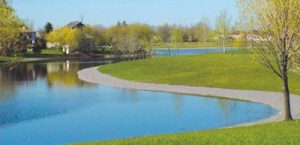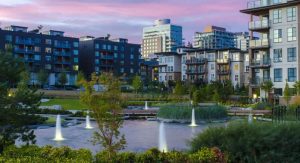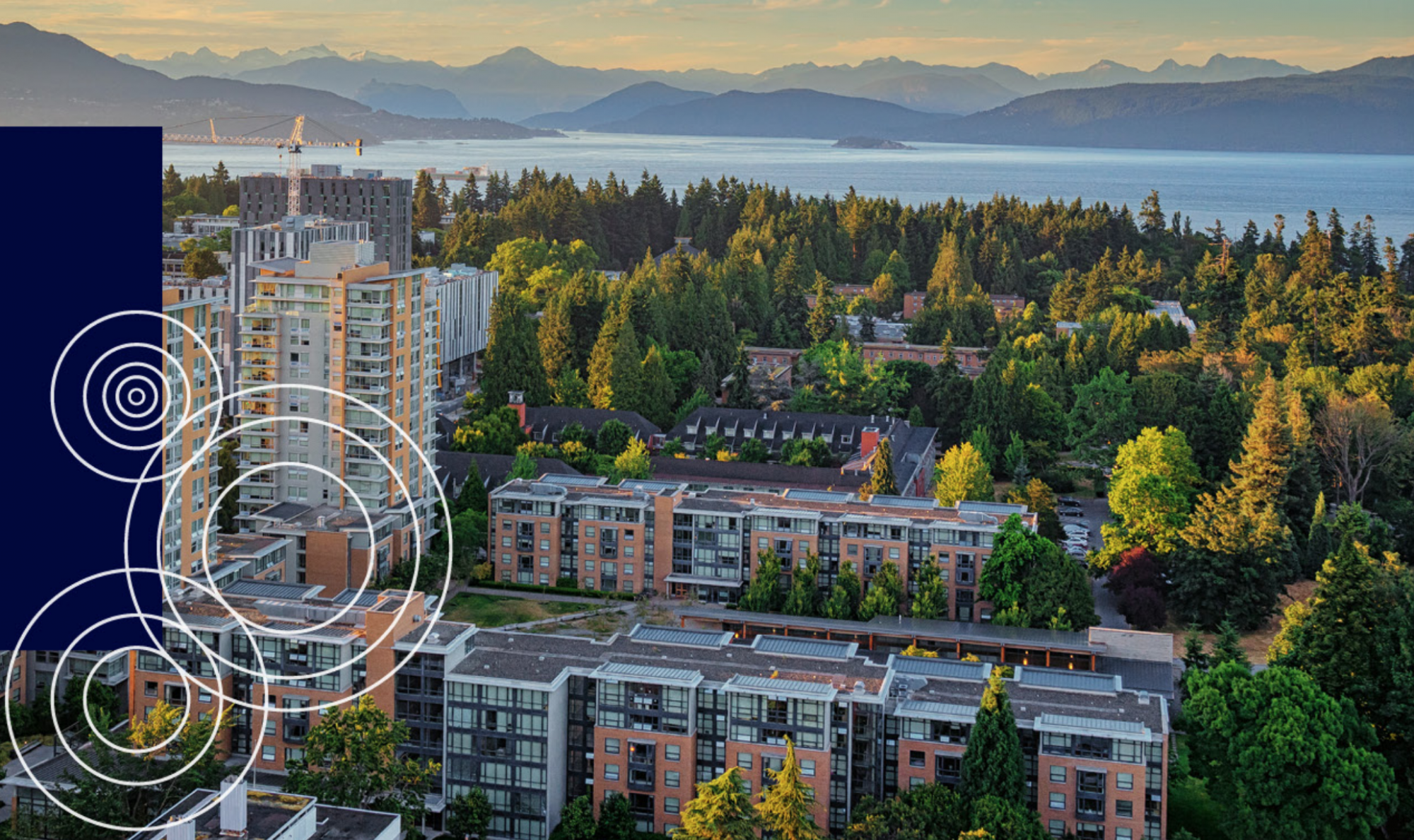Urban water, specifically storm water, is often viewed as a problem to be dealt with, but as the city of Vancouver and others are looking to achieve, it has the potential to be a resource that can provide value to the community. Most storm water starts out as rain, which is clean, fresh water, but once it reaches the surface it often becomes contaminated with debris and toxins found on the ground. The traditional method for dealing with this contamination is to either send it to a water treatment facility, or in some cases, to just discharge it to a larger water body. Is there a better solution?
Some cities have taken the innovative approach to utilize this water to their advantage. Cities like Edmonton, Canada have challenged developers to utilize the water in a way that increases its value, while also limiting the water discharge rate to pre-development levels. For Edmonton, this was achieved through the development of man-made ponds and lakes which can be surrounded by “Waterfront” homes. While the ponds can manage the storm water, the developer can benefit from increased land values. These Constructed Wetlands have been previously discussed and can be seen below.

While this technique works in land rich areas such as Edmonton, in Vancouver, it is more challenging, but can be implemented on a micro scale. Water is often seen as having a calming and peaceful energy to it and as such can provide a positive community feel. By introducing small water features to a community, it can boost the atmosphere as well as provide storm water management. Features like this have been built at UBC’s Wesbrook Village.

A more subtle way to create a natural feel while managing storm water is through the use of Rain Gardens and Infiltration Swales. These water features can be added to the built environment and allow for storm water to infiltrate into the ground and be naturally filtered. They are important for controlling surface runoff and treating the water quality onsite. These features can come in a variety of sizes and be aesthetically appealing while also providing ecosystem services. These management techniques are implemented around Vancouver and are part of their Integrated Storm Water Management Plan.

Overall there are a variety of methods which can be used to turn storm water into a resource which can enhance the community and the environment. Man-made ponds, water features and infiltration swales are just some of the possibilities. As each technique can be implemented in different situations, it is important to consult and work with the community to see which the best fit for a specific area is. The 17 Water-Wise Principals by the IWA outline some of the objectives that these features help to address. By utilizing these features a community can help to regenerate the natural water body, have a water sensitive design and create a water-wise community through engaging stakeholders.
Sources:
http://www.discoverwesbrook.com/
https://www.edmonton.ca/city_government/environmental_stewardship/water.aspx
